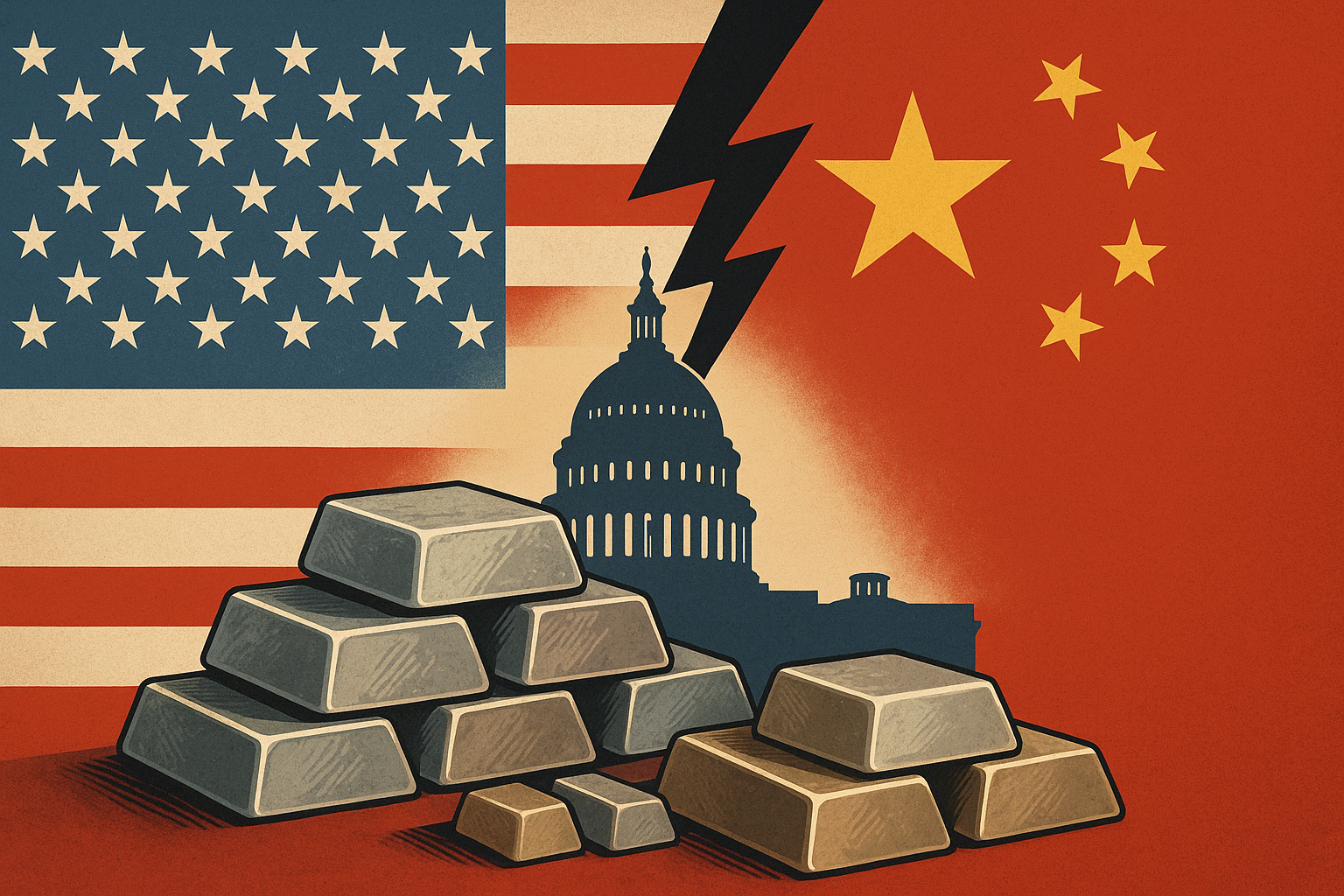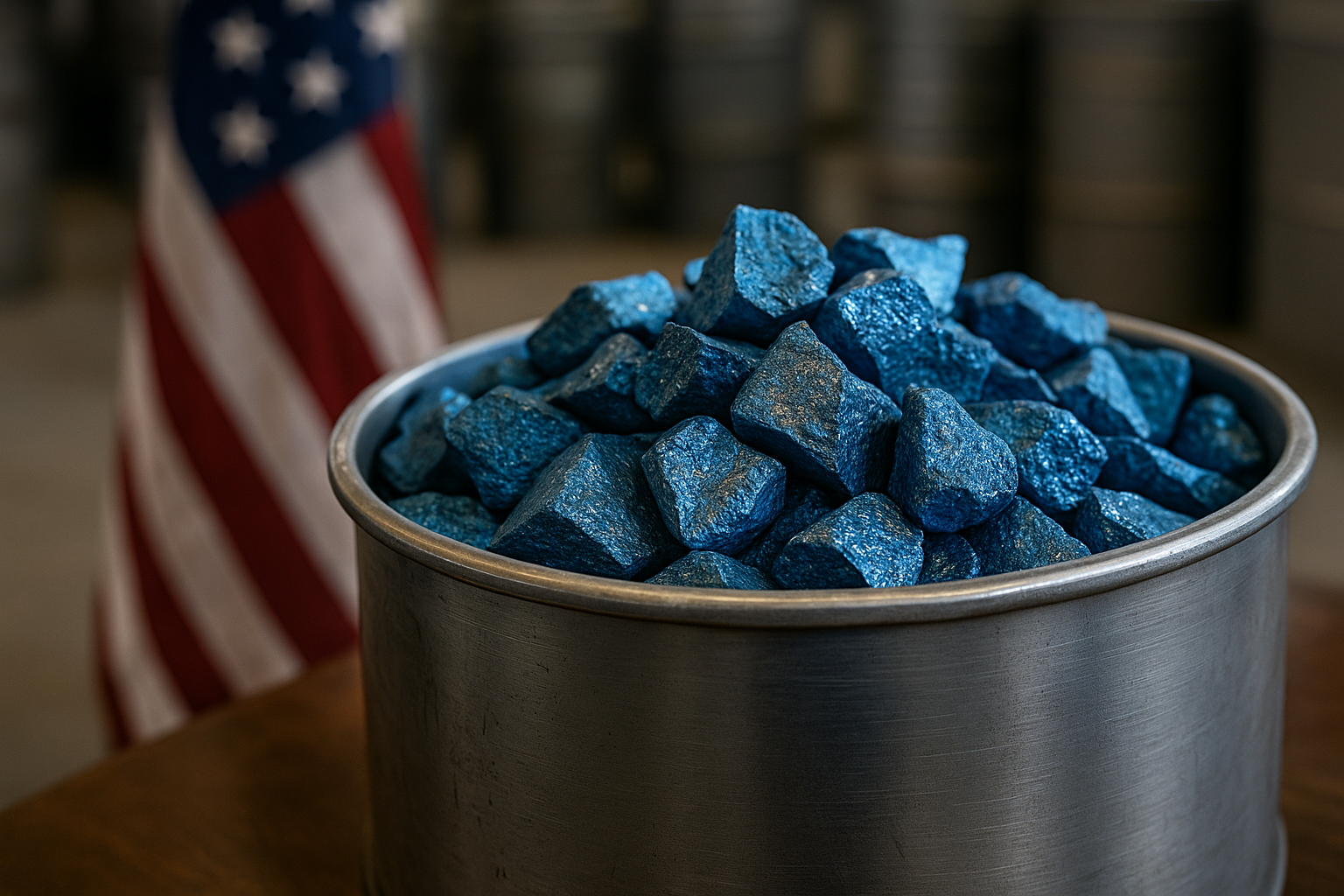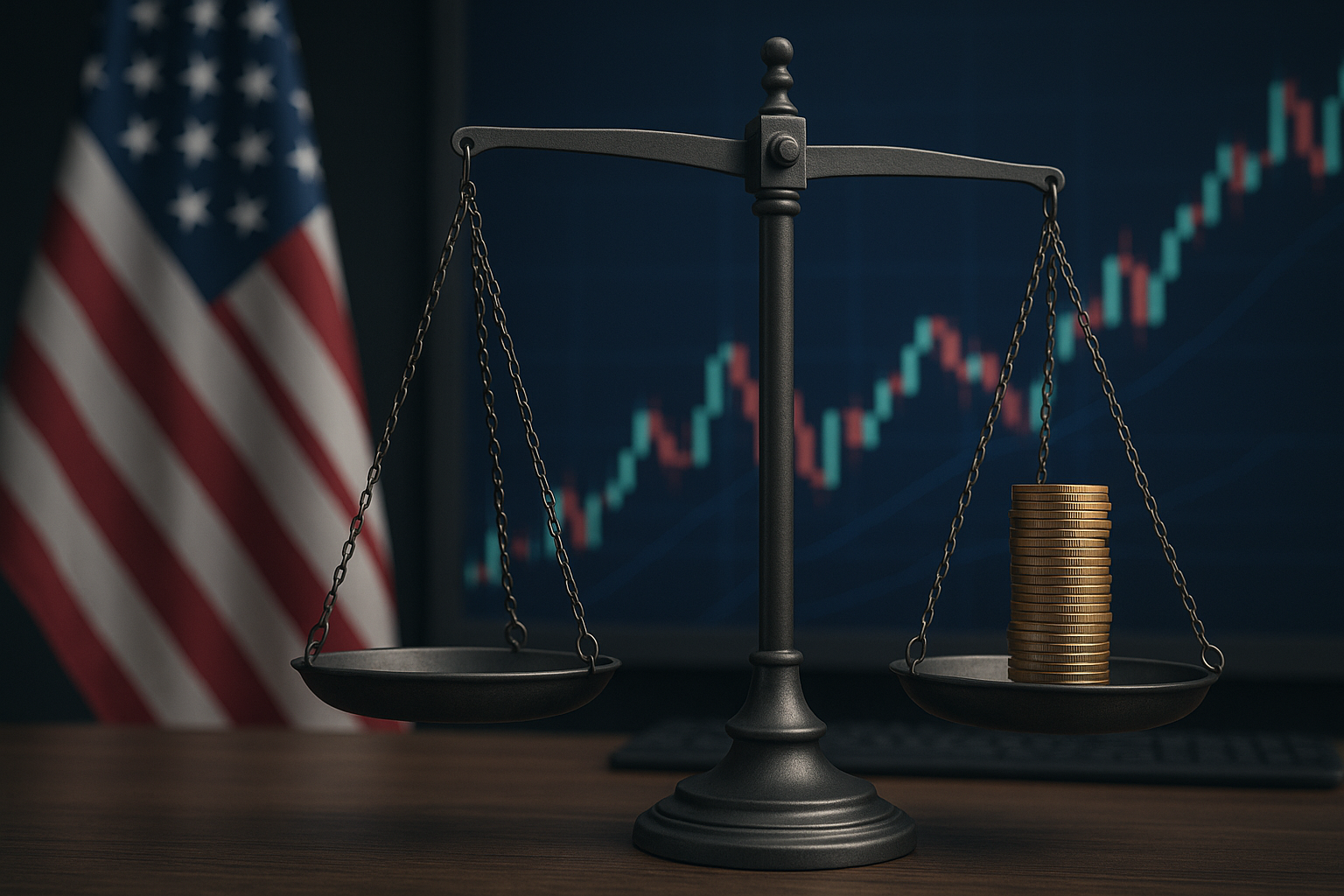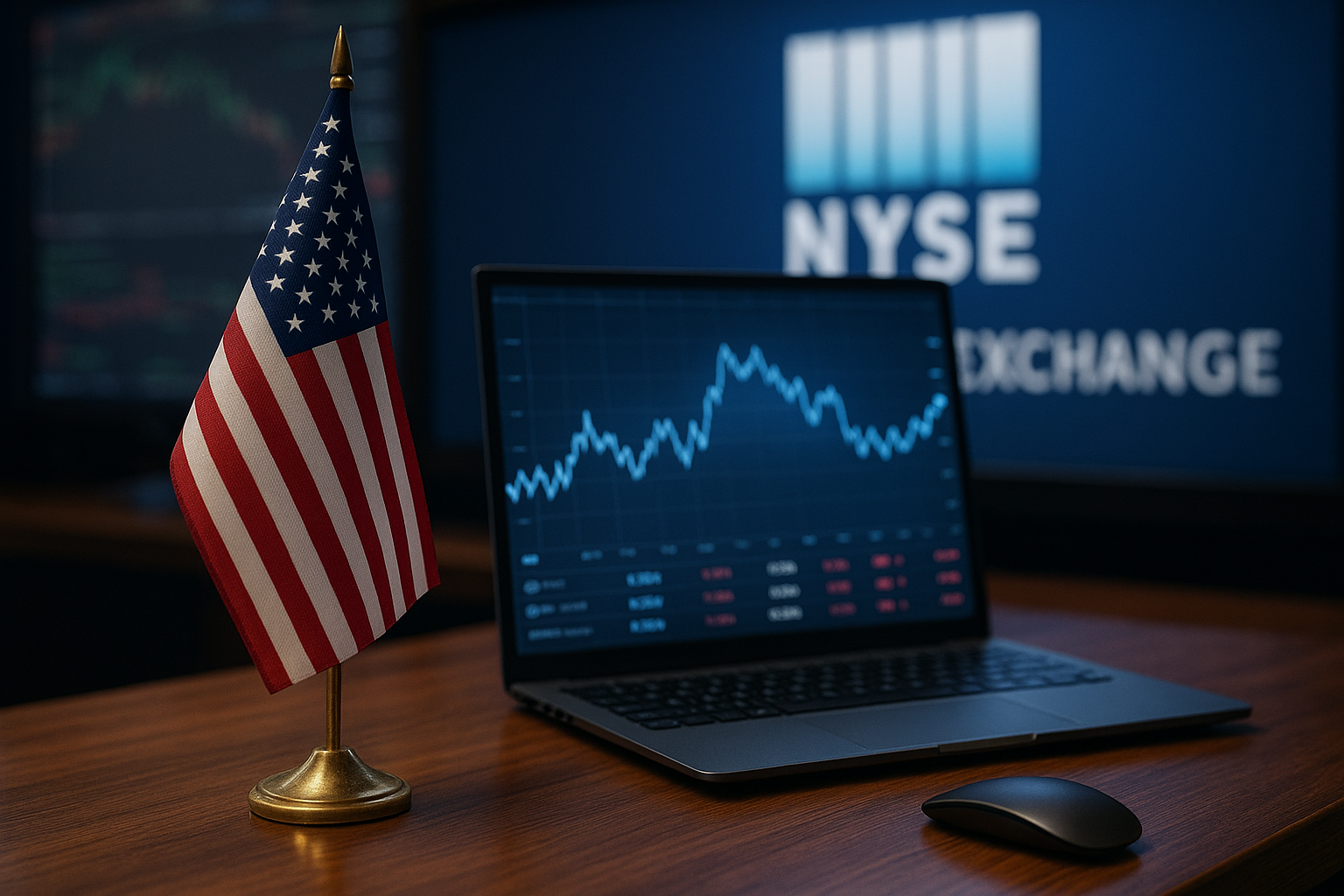As tensions rise between the U.S. and China, and global competition intensifies for resources critical to clean energy and defense, Ramaco Resources CEO Randall Atkins has issued a stark warning: the U.S. must urgently build a strategic stockpile of critical minerals. In a Financial Times interview published July 22, Atkins called the move “long overdue,” emphasizing the U.S.’s dangerous dependence on foreign—primarily Chinese—sources for rare-earth metals vital to future economic and national security.
With China controlling over 85% of the global rare-earth refining capacity and the U.S. striving to lead in semiconductors, electric vehicles, and renewable energy systems, the message is clear: mineral independence is not just an industrial strategy—it’s an economic imperative.
Why This Story Matters to Investors
The minerals in question—rare-earth elements like neodymium, dysprosium, and praseodymium—are essential for everything from EV motors and wind turbines to fighter jets and smartphones. Yet the U.S. mines less than 15% of its domestic demand and refines even less.
The Biden administration has already flagged rare-earth security as a strategic priority. In 2021, a White House supply chain review named critical minerals a national vulnerability. Since then, federal programs have funneled grants and loans into domestic mining and processing—yet few have reached full production. Atkins’ public push for a federally managed stockpile echoes Cold War-era strategies and may signal new policy momentum.
For investors, this could mark the beginning of a structural shift: from short-term commodity cycles to a long-term strategic buildout of U.S.-based mineral infrastructure.
The Investment Case: From Ramaco to Rare Earth Renaissance
Ramaco Resources ($METC), traditionally focused on metallurgical coal, is now expanding into rare-earth extraction through its Brook Mine in Wyoming. The mine, which has secured preliminary federal approvals, could become one of the few non-Chinese sources of key minerals.
Other U.S.-listed companies such as MP Materials ($MP), Energy Fuels ($UUUU), and Texas Mineral Resources ($TMRC) are also poised to benefit from a policy-driven supercycle. A government-backed stockpile would not only absorb future supply but also send long-term price signals across the sector, potentially re-rating undervalued domestic miners.
Atkins’ remarks dovetail with broader investor sentiment. A July 2025 report by McKinsey & Co. projected a 400% increase in global demand for rare-earths by 2040, driven primarily by EV and green energy growth. At the same time, Fitch Ratings noted in a May report that over 60% of global investment in rare-earths remains in China—highlighting the funding gap and upside potential in Western markets.
Policy Tailwinds and Geopolitical Catalysts
The timing of Atkins’ comments is no coincidence. Just weeks ago, China implemented fresh export controls on graphite, gallium, and germanium—three minerals vital to tech and defense sectors. Markets reacted quickly, with shares of U.S.-based alternative producers jumping 5–12% in a single session. Similar trade restrictions on rare-earths could trigger even sharper price movements.
Meanwhile, bipartisan support for mineral security is growing in Washington. A new bill introduced in the Senate this month—the “American Minerals Independence Act”—aims to fast-track permitting and incentivize domestic production through tax credits. Should this pass, mining firms with existing projects on U.S. soil will have a clear runway for growth.
Key Investment Insight
Investors should closely track companies involved in U.S.-based rare-earth exploration and processing. In particular:
- Ramaco Resources ($METC) – Transitioning from coal to rare-earths; potential first-mover in Wyoming basin.
- MP Materials ($MP) – Operator of the only currently active rare-earth mine in the U.S. (Mountain Pass).
- Energy Fuels ($UUUU) – Diversified exposure across uranium and rare-earths.
- Texas Mineral Resources ($TMRC) – Speculative but with rich deposits and federal ties.
Increased federal involvement—either through strategic stockpiling, direct purchasing, or grant-based expansion—could significantly reduce capital risk and drive valuation re-rates.
To capitalize on this trend, investors should monitor legislative developments, federal contract awards, and geopolitical shifts that affect global mineral trade. A U.S. stockpile strategy would not only shift the supply-demand balance but also offer multi-year tailwinds to domestic producers in an otherwise capital-intensive industry.
Stay with MoneyNews.Today for the latest developments in critical minerals, policy moves, and under-the-radar investment opportunities shaping the future of American industry.





